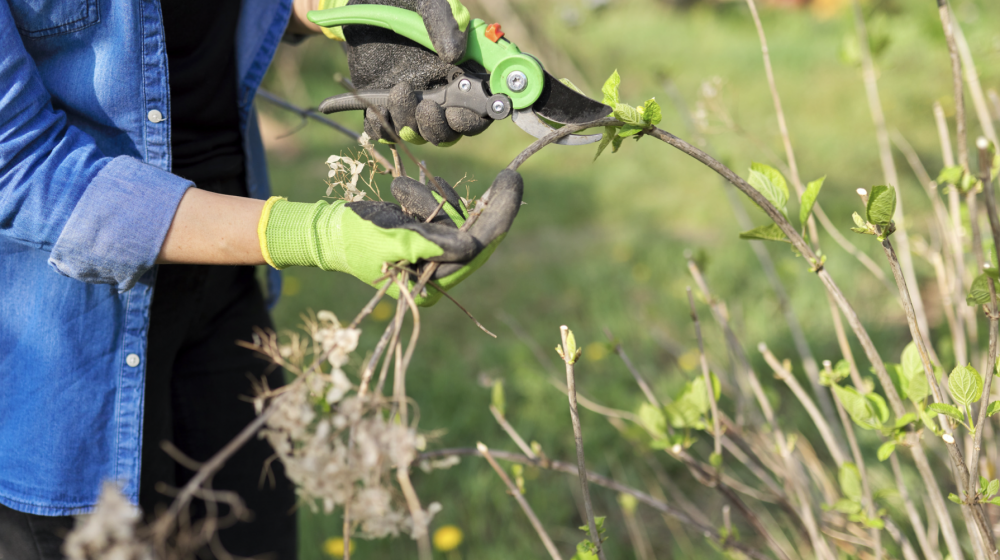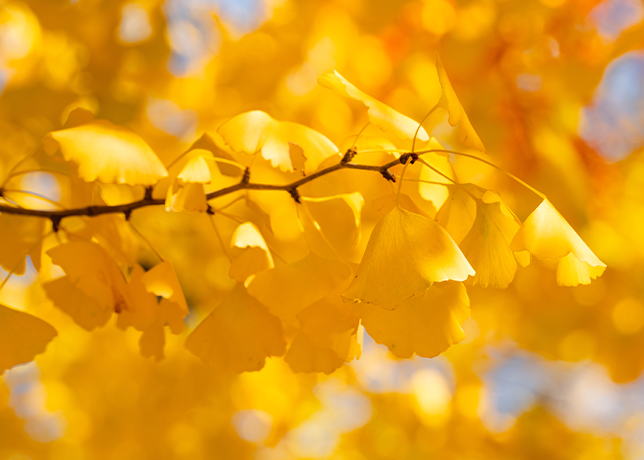When and How to Prune Landscape Plants: Winter/Early Spring

Most people avoid pruning because it is so confusing. But if you know your plants and your growth goals for them, the chore is less intimidating.
Pruning is one of the least understood gardening tasks and for good reason – it’s confusing.
When, how, and if you should prune depends on the type of plant or tree you have and your goal for the plant. Do you want to keep it a certain shape and size? Do you need to remove dead or damaged limbs and branches? Do you want to stimulate flowering? Do you want to create a specific form, such as a topiary? Or do you just need to trim a limb so you can see the oncoming traffic?
Pruning should take place after the plant’s landscape feature has passed. In most cases, you want to prune after a plant has flowered or the berries have faded.
Late winter to early spring, or February to April, is the best time to prune for size control.
Here are some pruning chores for winter and early spring from Extension Publication 3437, “Calendar of Home Gardening Chores in Mississippi.”
January
- Remove dead, diseased, or broken limbs on all trees.
- Lightly trim shrubs if they are creating a hazard.
- Dispose of clippings to prevent spread of disease or insect issues.
February
- Prune evergreens for size and shape. Cut out any dead wood of flowering shrubs.
- Prune hydrangeas that bloom on the current season’s growth during the last week in the month. For more detailed information about when and how to prune different varieties of hydrangeas, refer to Extension Publication 2574, “Hydrangeas for Mississippi Gardens.”
- Do not prune spring-flowering shrubs until after the bloom period is complete.
March
- Prune roses. Remove dead and weak canes. Properly dispose of clippings.
- Prune crape myrtles and altheas for size and shape.
- Cut English ivy back very hard. It will come back very nicely in the spring.
- Trim mondo grass and liriope to 4 to 6 inches tall. Dispose of trimmings.
April
- Prune azaleas and other spring-flowering shrubs after blooming.
- Disbud roses and peonies for specimen flowers.
- Lightly shape any formal hedges to remove new growth.
For more information about how to prune, when to prune, pruning techniques, and the best tools for the job, refer to Extension Publication 3589, “Pruning Landscape Plants,” or contact your local Extension office.
Subscribe to Extension for Real Life
Fill in the information below to receive a weekly update of our blog posts.









